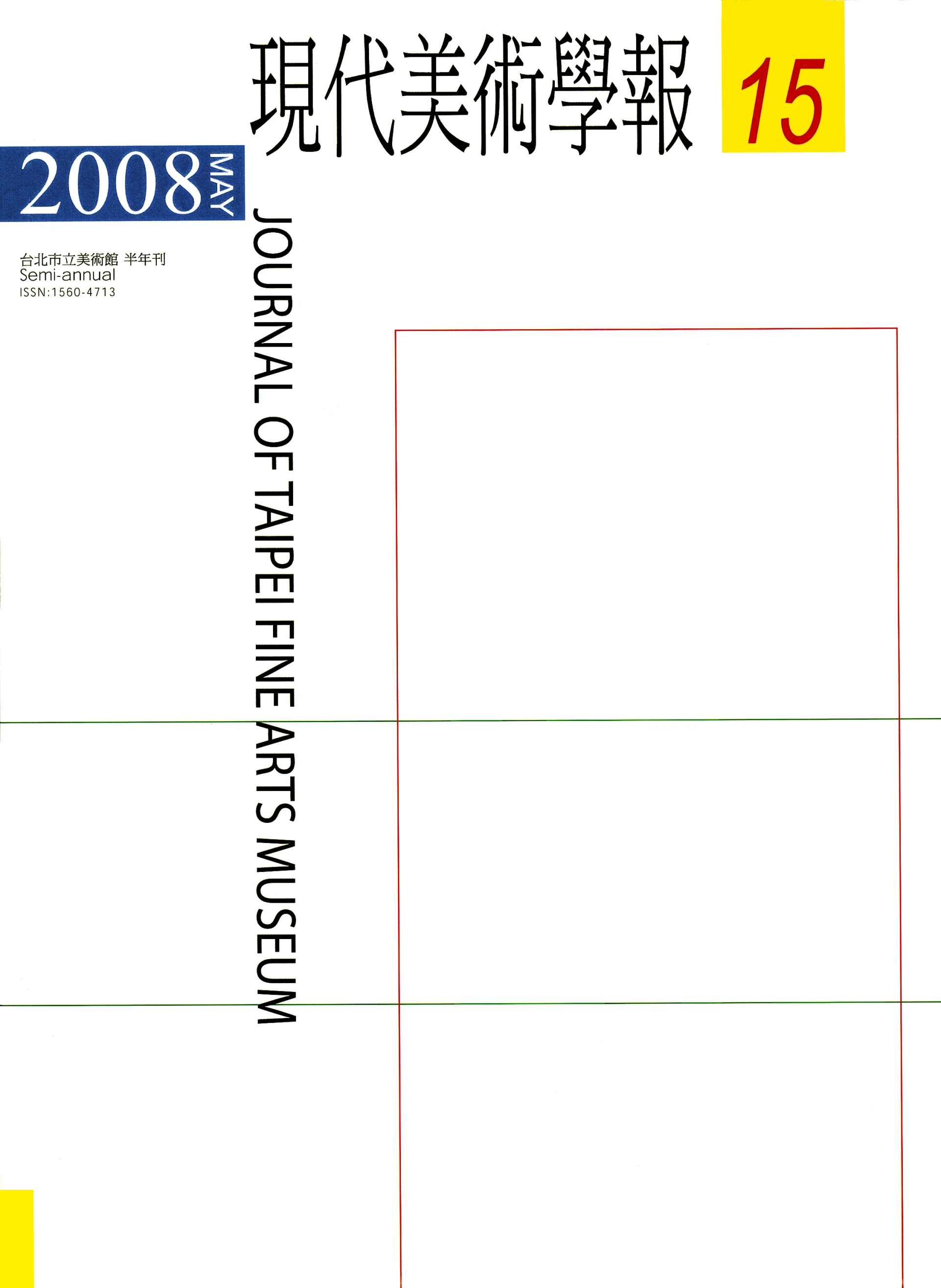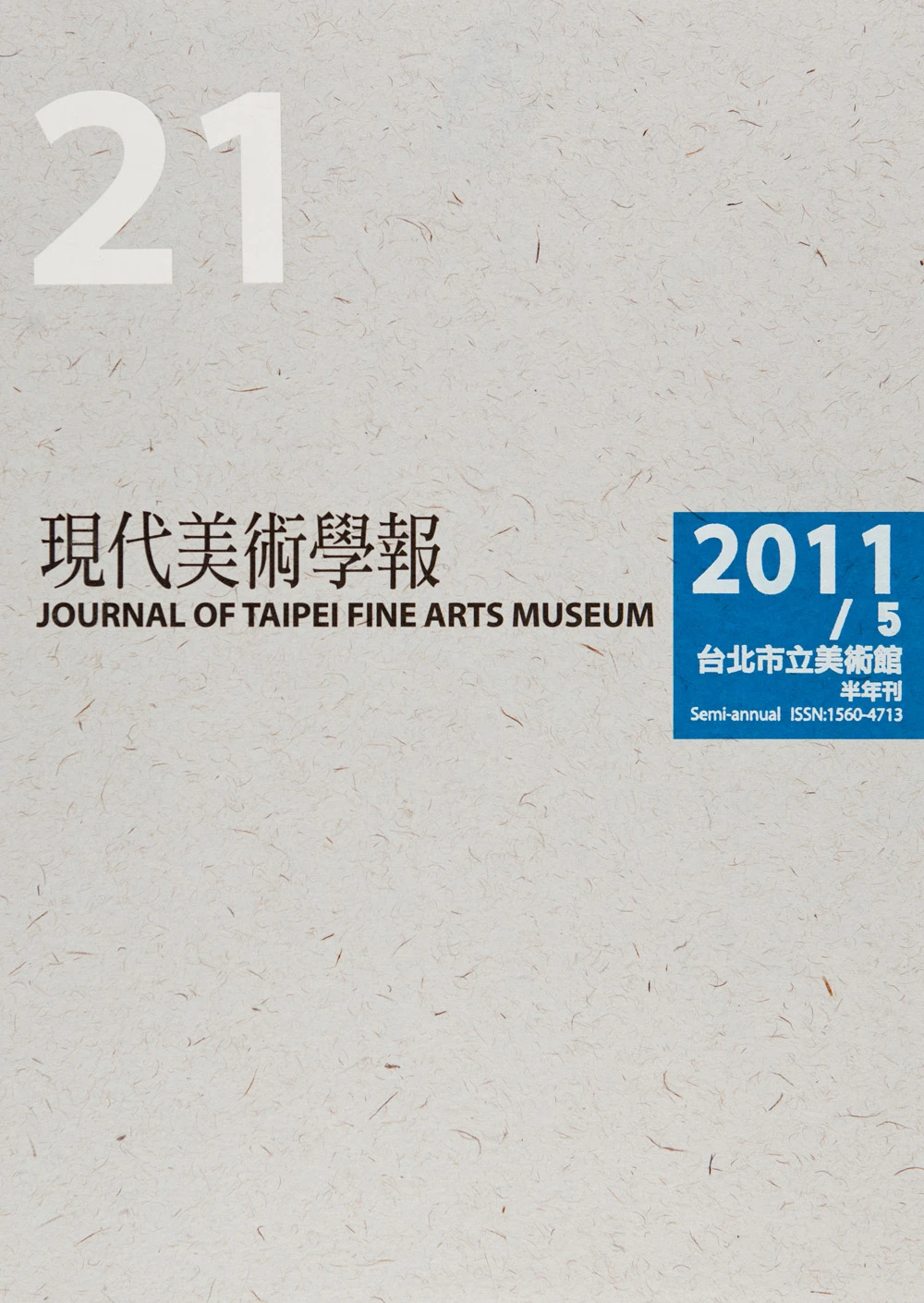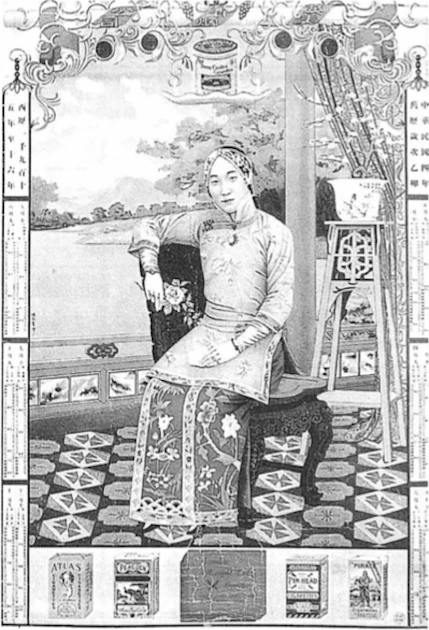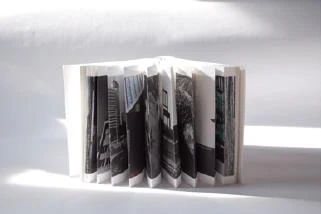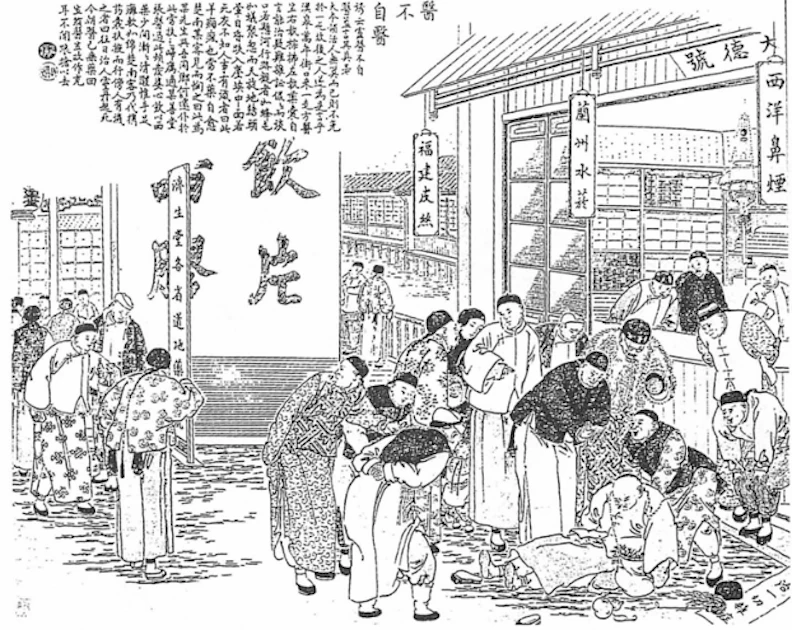摘要
本文旨在闡明阿多諾所謂的前衛藝術之模擬語言。對阿多諾而言,藝術模擬絕非盧卡契所說的忠實、機械和純粹的描寫現實,更非黑格爾式的主、客體之理性辯證結果,相反的,他認知的前衛藝術之模擬語言,內中糾纏著媒材、身體、遊戲、非理性和偶然性的複雜層面。從前衛藝術之模擬語言的擴張性、流動性和游牧性出發,阿多諾推翻了自柏拉圖到黑格爾所建構的藝術智識王國。發現「模擬語言」,讓阿多諾引出一個裂斷傳統的藝術視野和思想視野,並致力於體會那個破壞的、否定性的、非美感的和不確定性的模擬世界。他視之為「理性原型」,以之衝破「概念」、「意義」之固有疆界,以之跳脫唯心主義美學的系統和價值面向,以之尋求新的論說可能,以之重建新的藝術認知。
關鍵詞
前衛藝術、模擬語言、非概念論說、非理性、內在性
Abstract
For Adorno, mimetic art is not a loyal, mechanic, and simple description of reality as Lukacs suggested, nor is the result of dialectics on subjects and objects as Hegel proposed. Adomo realized the complexity of the mimetic language in avant-garde art, which results from the entangled materials, bodies, plays, irrationality, and contingency. Using the expandable and flexible characteristics of mimetic language as his starting point, Adorno turned over the intelligible kingdom of art built since the time of Plato through Hegel. The mimetic language discovered by Adomo opened up an antitraditional vision toward art and thinking. Adorno devoted himself to the understanding of the mimetic world that is destructive, negative, unaesthetic, and uncertain. He called this vision the "Origin of Reason" and used it to break the boundaries of concepts and meanings, to elevate art from the system and value of Idealistic Aesthetics, to search for new theoretic possibilities, and to establish new recognition in art.
Keywords
Avant-garde art, Mimetic language, Non-conceptual discourse, irrationality, Interior


